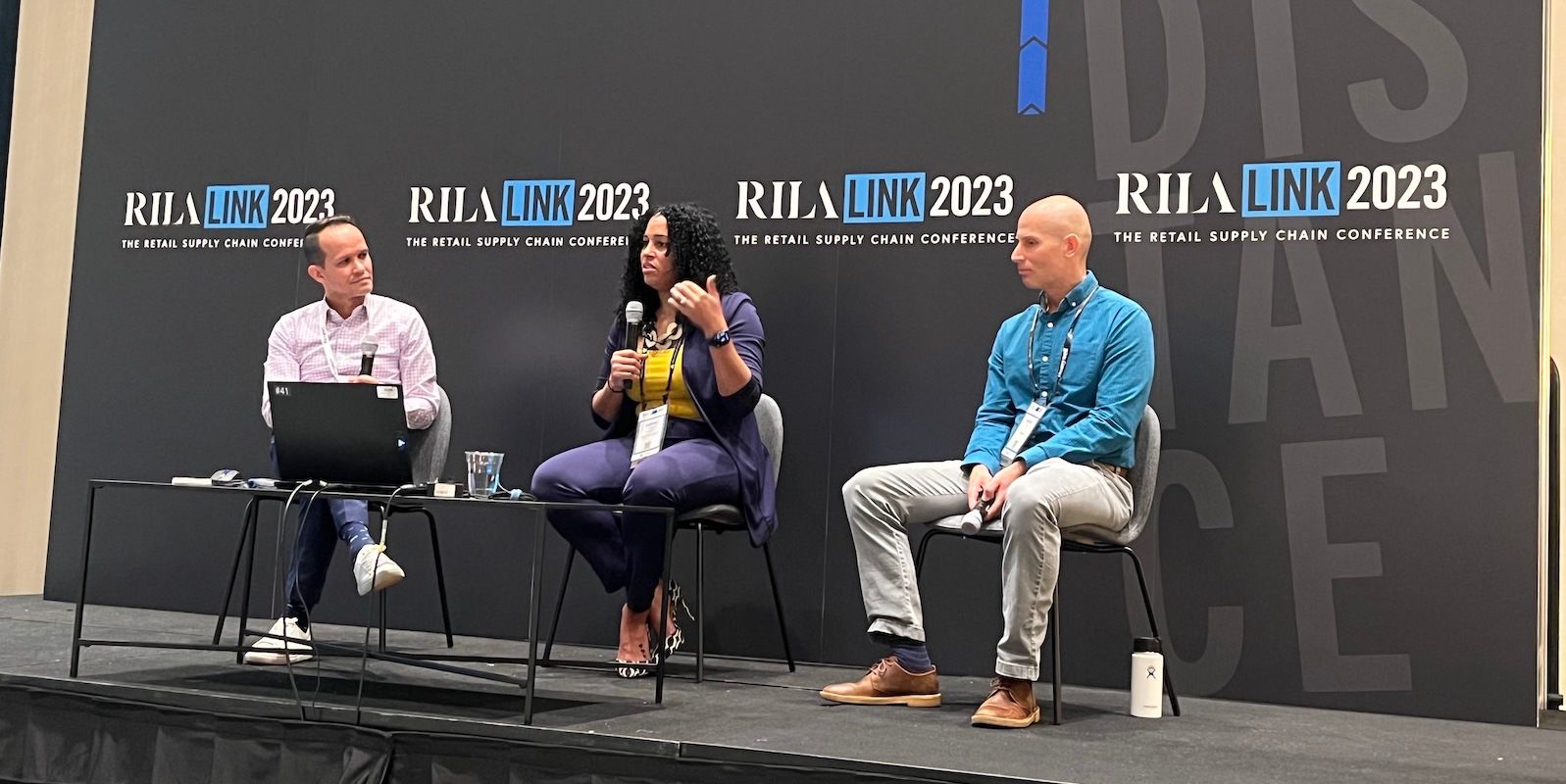
March 7, 2023
Key Learnings and Insights from TPM ‘23
Tags:
Key Learnings and Insights from TPM ‘23
In the world of ocean freight, there is no better chance to learn about the state of the industry than the annual Transpacific Maritime (TPM) Conference. TPM ‘23 took place between Feb. 26 - Mar. 1 at the Long Beach Convention Center, and along with CEO Dave Clark’s headlining fireside chat about the future of supply chain technology, Flexport had our team on the floor of the convention center chatting with, and learning from, our customers and carrier partners—both current and potential. In the interest of distilling the learnings from TPM ‘23, we parsed and sifted—and came up with our top three insights for the coming year.
1. Value is Top of Mind for Shippers
Shippers know there are myriad ways they can procure freight services, what they often want to know is: what else comes with the freight? In other words, what are the value-adds that differentiate one service from another? Some of the specifics we heard about include shipment visibility (from container level down to SKU level), pricing control (ways to manage freight spend), and solutioning (for example how to manage blank sailings).
Flexport is expanding beyond being a tech-enabled freight forwarder. We’re building an end-to-end, full-stack supply chain solution, at a scale that means everyone can have access to the transparency, cost, speed, and quality formerly only available to the biggest organizations—while maintaining our customer-centric focus.
2. Just-in-Time Inventory Management is Making a Comeback
After hard lessons learned during the early days of the pandemic, many importers shifted to a Just-in-Case model, where they ordered and stored inventory enough to weather whatever came next. Now that we’re seeing a return to something resembling a new normalcy, many are returning to a Just-in-Time approach, which is having the effect of injecting risk back into the supply chain.
That means container shipping reliability is now top of mind for shippers – some carrier services are blanked over 50% of the time and it can be a major headache. Forwarders with a more diversified carrier strategy are impacted less by blank sailings. For example, Flexport works with all carriers, so if your cargo is on a sailing that gets blanked, rather than waiting around, we can get your containers onto another sailing and to your warehouse reliably.
3. Uncertainties Persist
The bulk of the pandemic may be behind us (knock on wood), however many of the impacts we’ve seen over the past three years are lingering. Labor disputes, overall economic health, the conflict in Ukraine, fuel prices, and more all continue to weigh on shippers’ minds and will continue to impact their decision making well into 2023 and beyond.
Again, resilience and flexibility will be key to moving through these situations successfully, and Flexport has access to all partners and asset providers in the ecosystem, giving us the ability to move cargo via whatever mode or lane is going to get our customers goods to destination the fastest.
We came away from TPM ‘23 with a renewed drive to provide our customers with the technology and freight services they’re looking for, while not losing sight of our goal of making global trade easy for everyone. The recent roll out of the Flexport app on Shopify is a recent example of this goal in action.
Looking Ahead to the RFP Season
TPM ‘23 also marked the beginning of the RFP season in the lead-up to May, and it was top of mind for shippers and carriers alike. TPEB market volume in January 2023 decreased 23% year-over-year. We are currently in the traditional slack season, meaning prices are under pressure. That was expected, although it is a departure from what we’ve seen the last couple years. Carriers are still hoping that March volume rebounds, but many are focused on determining which services to pause in the near future.
At the same time, more shippers have cleared their excess inventory, resulting in more normal inventory levels. This should lead to more normal shipping behavior. However, there are still some shippers that are overstocked and are operating at higher than average inventory levels. Coming out of the pandemic, 2023 will be an interesting RFP season to watch.
To learn more about how to navigate the 2023 RFP season, sign up for our webinar here.
When you’re ready for more information on how Flexport can serve your ocean freight needs, reach out to one of our experts.







